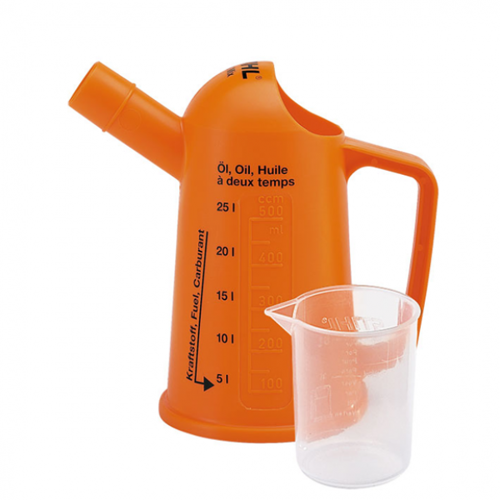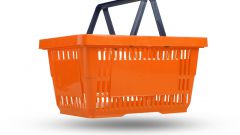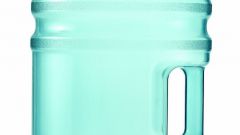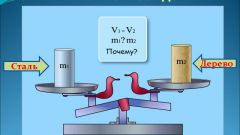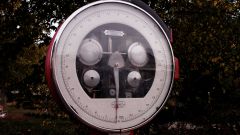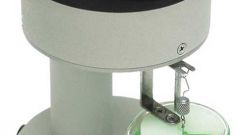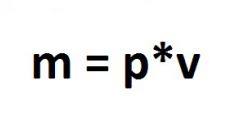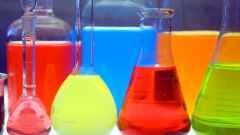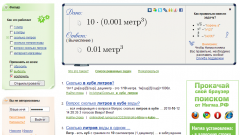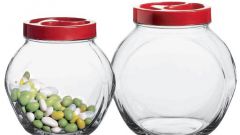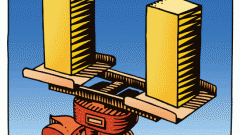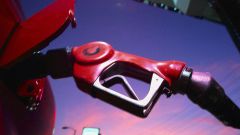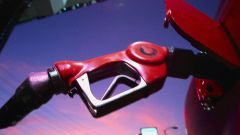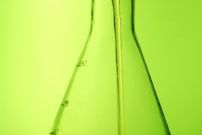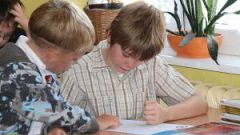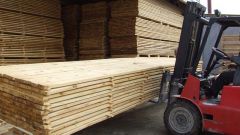You will need
- pencil,
- paper.
Instruction
1
To convert liters to milliliters, simply multiply the number of liters per thousand. That is, apply the following simple formula:
KML = KL x 1000 where
KML is the number of milliliters,
KL – the number of liters.
For example, one teaspoon contains about 0,005 liters of fluid. Consequently, the volume of a teaspoon, expressed in milliliters, is: a 0.005 x 1000 = 5 (ml).
KML = KL x 1000 where
KML is the number of milliliters,
KL – the number of liters.
For example, one teaspoon contains about 0,005 liters of fluid. Consequently, the volume of a teaspoon, expressed in milliliters, is: a 0.005 x 1000 = 5 (ml).
2
If the number of liters is an integer, to translate liters to milliliters just attribute to the number of gallons right three zero.
For example, in one bucket fits about 10 liters of water. Thus, the volume of this water in milliliters would be: 10 x 1000 = 10 000 (ml).
For example, in one bucket fits about 10 liters of water. Thus, the volume of this water in milliliters would be: 10 x 1000 = 10 000 (ml).
3
If the number of gallons specified as a decimal fraction, shift the decimal point three digits to the right.
For example, a kilogram of gasoline occupies a volume approximately 1,316 litres. Therefore, in milliliters kilogram of gasoline will have a volume of 1316 (ml).
For example, a kilogram of gasoline occupies a volume approximately 1,316 litres. Therefore, in milliliters kilogram of gasoline will have a volume of 1316 (ml).
4
If the decimal point is less than three digits, add the missing digits with zeros.
For example, in one glass fits 0.2 liters of liquid. Milliliters it will be – 200 (ml) (formally obtained 0200 ml, but non-significant zero to the left can be discarded).
For example, in one glass fits 0.2 liters of liquid. Milliliters it will be – 200 (ml) (formally obtained 0200 ml, but non-significant zero to the left can be discarded).
5
If all the source data of the task is set in litres, and the result is required to be provided to milliliters, all intermediate calculations spend in liters and in milliliters move only after finishing all calculations.
For example, if for the preparation of paint of the desired shade was mixed 1,325 litres of black paint, 0,237 liters red, green 0,587 liters and 0.54 liter blue, then count the total amount of dye in milliliters fold the quantities specified in liters, and multiply the result by 1000.
1,325 + 0,237 + 0,587 + 0,54 = 2,689
2,689 x 1000 = 2689 (ml).
For example, if for the preparation of paint of the desired shade was mixed 1,325 litres of black paint, 0,237 liters red, green 0,587 liters and 0.54 liter blue, then count the total amount of dye in milliliters fold the quantities specified in liters, and multiply the result by 1000.
1,325 + 0,237 + 0,587 + 0,54 = 2,689
2,689 x 1000 = 2689 (ml).
Note
Translation of liters in a milliliter is often used in the calculations related to preparation of drugs and other active solutions. In such calculations, be very careful – error only one decimal place, the result will change ten times.
